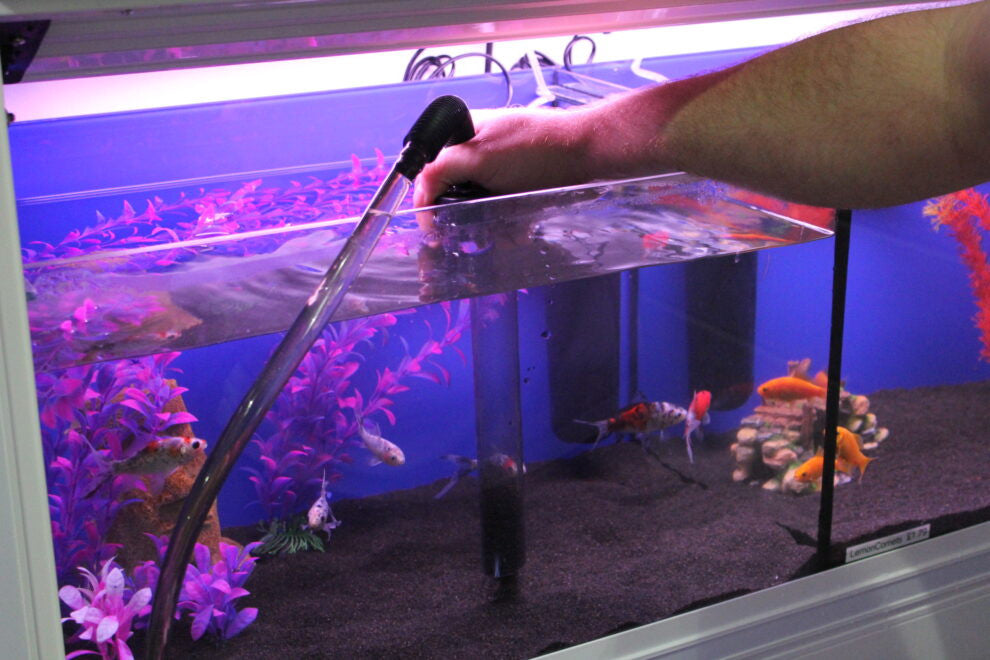Keeping a fish tank clean is one of the most important parts of maintaining a healthy environment for your fish. But one of the most common questions fish owners ask is: "How often do I need to change the water?" The answer depends on several factors like the size of your tank, the number of fish, and the type of filtration you use. Let’s dive into the details!
When & Why Water Changes Are Important in Fish Tanks
Fish release waste directly into the water. Uneaten food, decaying plants, and other debris also add to the pollution. Over time, harmful chemicals like ammonia, nitrites, and nitrates can build up and stress or even kill your fish. Regular water changes help:
- Remove these toxins
- Replenish minerals and trace elements
- Keep the water looking clear and smelling fresh
- Promote healthy fish and plant life
Signs You Need to Change Water Sooner
- Water looks cloudy
- Strong or unpleasant odor
- Fish are gasping at the surface
- Algae blooms out of control
- Water testing shows high ammonia, nitrite, or nitrate levels
If you notice any of these signs, do a partial water change immediately and monitor the tank closely.
The Importance of a Good Filter
A powerful, properly sized filter is essential for maintaining water quality and reducing the need for frequent water changes. A good filter performs three key roles:
- Mechanical Filtration: Physically removes debris and particles from the water.
- Biological Filtration: Hosts beneficial bacteria that break down toxic ammonia and nitrites into safer nitrates.
- Chemical Filtration: (optional) Removes impurities like odors and discolorations through activated carbon or special media.
By efficiently processing waste and keeping the water parameters stable, a strong filter allows you to extend the time between water changes and keeps your fish healthier overall.
Without a filter, toxins can build up quickly, and you might find yourself needing to change large amounts of water several times a week — a stressful and risky process for both you and your fish.
Tips for Easy Water Changes
- Use a gravel vacuum: It helps remove debris from the bottom.
- Treat tap water: Always dechlorinate tap water before adding it to your tank.
- Match temperatures: Make sure the new water is roughly the same temperature as the tank water to avoid shocking your fish.
- Don't overdo it: Changing too much water at once can disrupt the tank’s balance. Stick to partial changes unless you're dealing with a major emergency.
Final Thoughts
Regular water changes are the heartbeat of a healthy aquarium — but a good filter is your first line of defense.
For all types of aquarium filters, trust Cloning Aquapets for the best quality and unbeatable prices.
Keep your tank crystal clear — contact Cloning Aquapets today!

